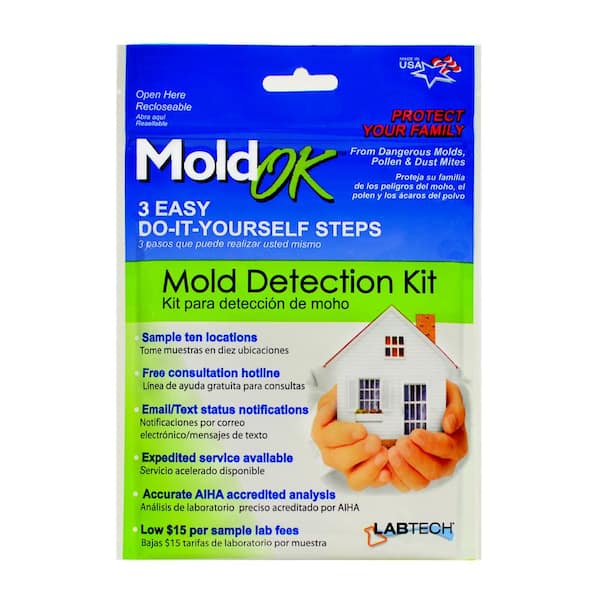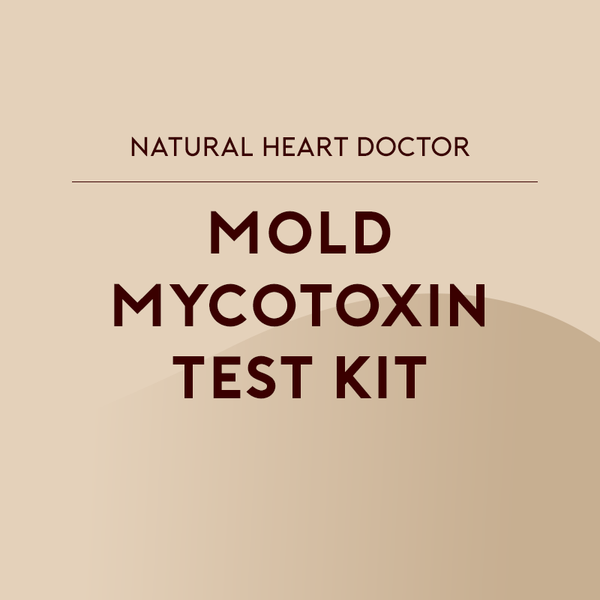Maximize Your Compliance with Trusted Mycotoxin testing Services Solutions
Maximize Your Compliance with Trusted Mycotoxin testing Services Solutions
Blog Article
How Mycotoxin Testing Assists Protect Against Contamination and Secure Food Supplies

Mycotoxin testing is an essential technique in the food industry, serving as a frontline protection against contamination by harmful toxins created by molds. Through the application of advanced strategies like High-Performance Fluid Chromatography (HPLC) and Liquid Chromatography-Mass Spectrometry (LC-MS), food manufacturers can accurately evaluate and spot mycotoxin degrees in agricultural products.
Recognizing Mycotoxins
Understanding mycotoxins begins with identifying that they are hazardous secondary metabolites generated by specific molds, which can pollute farming products. These metabolites are not essential for the growth or recreation of the fungi however can have severe ramifications for animal and human health. Mycotoxins are generally found in staple plants such as corn, wheat, barley, and nuts, where they can proliferate under particular problems of dampness and temperature.
There are a number of kinds of mycotoxins, each produced by different fungal varieties. Fusarium varieties generate trichothecenes and fumonisins, both of which are connected with various intense and persistent wellness problems.

Dangers of Mycotoxin Contamination
The dangers of mycotoxin contamination are multifaceted, posing substantial risks to both food safety and public wellness. Mycotoxins, harmful substances created by particular kinds of fungis, can pollute a wide array of agricultural items including grains, nuts, spices, dried fruits, and coffee.
Economic effects are another significant concern. Polluted plants can lead to significant financial losses for farmers and food manufacturers due to minimized yields and the need for expensive decontamination steps. Furthermore, worldwide profession can be dramatically hindered as nations apply stringent mycotoxin regulations to shield their populations, causing denied shipments and strained profession relationships.
Environmental variables such as environment change worsen the threat of mycotoxin contamination. Variants in temperature and humidity can create desirable problems for fungal development, raising the probability of contamination events. Thus, understanding and mitigating these risks are vital for ensuring the security and stability of international food products.
Approaches of Mycotoxin Examining
Properly recognizing mycotoxin contamination in farming items is necessary for guarding public wellness and keeping food safety and security criteria. Numerous techniques are utilized to discover and measure mycotoxins, each offering particular advantages and limitations.
High-Performance Fluid Chromatography (HPLC) is an extensively made use of technique due to its high level of sensitivity and precision. It includes separating mycotoxins from other substances in an example, allowing precise metrology. In A Similar Way, Fluid Chromatography-Mass Spectrometry (LC-MS) integrates liquid chromatography with mass spectrometry to give thorough molecular info, making it especially useful for recognizing several mycotoxins at the same time - Mycotoxin testing Services.

Gas Chromatography-Mass Spectrometry (GC-MS) and Thin-Layer Chromatography (TLC) are also employed, each with unique applications. GC-MS is effective for volatile mycotoxins, while TLC offers a simpler, cost-effective alternative for initial testing.
Advantages of Regular Testing
Regular screening for mycotoxins in farming items provides various benefits, significantly adding to public wellness and food safety and security. By determining contamination early, normal screening assists avoid the distribution of toxic foods, therefore minimizing the danger of mycotoxin-related health problems among customers. This aggressive method not just safeguards human health and wellness but additionally improves the overall quality of food products.
Different nations and areas have developed stringent limitations for mycotoxin degrees in food and feed. Adhering to these limitations via normal testing makes sure that suppliers and manufacturers fulfill legal requirements, therefore avoiding charges and profession obstacles.
In addition, routine mycotoxin screening can bring about significant economic benefits. Early discovery of contamination enables prompt intervention, decreasing prospective losses from prevalent contamination. Executing normal screening protocols can also reduce recall expenses and associated responsibilities, which can be monetarily ruining.
Furthermore, regular testing offers useful information that can educate better agricultural practices and storage conditions. By understanding patterns of contamination, producers can adopt safety nets, consequently lowering future threats and contributing to the sustainability of the food supply chain.
Implementing Testing Methods
Implementing reliable mycotoxin screening procedures is essential for ensuring the safety and security and high quality of agricultural items. Each phase must be inspected to pinpoint where mycotoxin contamination is most likely to take place.
When critical control factors are recognized, selecting ideal testing approaches is necessary. Common strategies include enzyme-linked immunosorbent assay (ELISA), high-performance fluid chromatography (HPLC), and mass spectrometry (MS) Each method has its weak points and strengths; thus, choosing the appropriate one depends on the certain mycotoxin being evaluated, the called for sensitivity, you can check here and offered resources.

Last but not least, integrating the testing protocols right into a detailed look at this now food security management system is a good idea. This improves traceability and allows speedy restorative activities when contamination is found, thus safeguarding the stability of the food supply chain.
Conclusion
Mycotoxin testing is vital in protecting against contamination and safeguarding food materials by allowing very early discovery of harmful contaminants produced by molds in agricultural products. Routine screening improves brand name online reputation, financial stability, and trust in food safety by reducing contamination-related losses and preserving high requirements in food production.
Mycotoxin check these guys out testing is a crucial method in the food industry, serving as a frontline defense against contamination by harmful toxic substances created by molds. An integrated method entailing farming methods, storage management, and normal screening can alleviate the risks associated with mycotoxin contamination, ensuring food safety and public health.
The threats of mycotoxin contamination are complex, positioning significant risks to both food safety and public wellness.Normal testing for mycotoxins in agricultural items supplies many benefits, considerably contributing to public wellness and food safety and security.Mycotoxin testing is vital in avoiding contamination and protecting food supplies by making it possible for early detection of unsafe toxic substances produced by mold and mildews in agricultural products.
Report this page